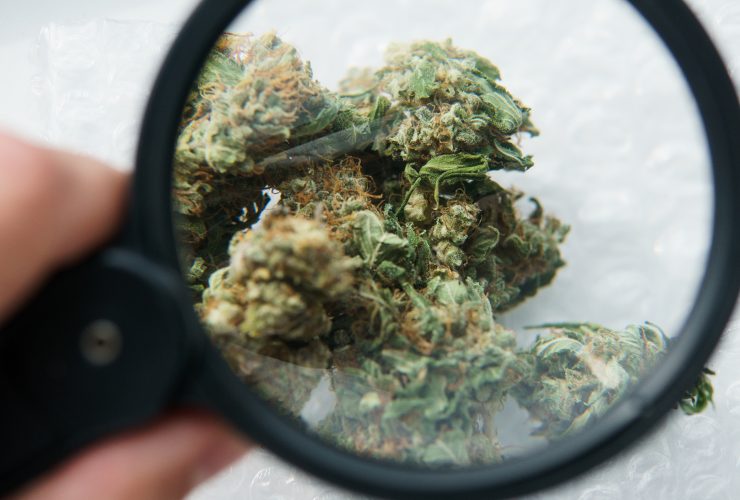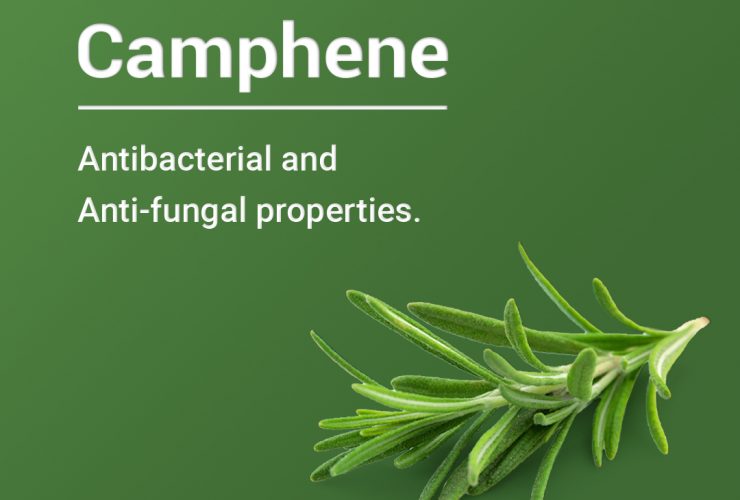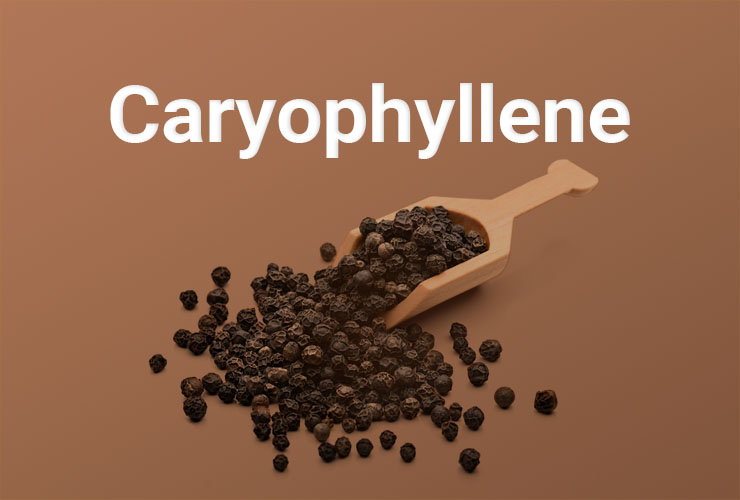Understanding Terpenes

Written by
Understanding Terpenes
The cannabis herb offers many molecules that have been found to provide medicinal efficacy for patients and health and wellness benefits for “adult use” consumers. Among these healthful chemicals are cannabinoids, terpenes, and flavonoids.
Terpenes are the molecules responsible for the sometimes pungent aroma of many strains of cannabis. With 200 terpenes possible in an individual strain (or cultivar) of cannabis, an almost unlimited number of subtly distinct scents has been produced by breeders and cultivators over the centuries.
The Details
From an evolutionary perspective, terpenes serve the purpose of protecting cannabis plants from predators and pests. These odiferous chemicals are manufactured in the gooey resin glands called trichomes found in the greatest numbers on female plants during the final weeks of the flowering cycle of growth.
More than 20,000 terpenes exist throughout nature. Interestingly, many individual terpenes are present in a variety of plant types. For example, pinine is a popular medicinal terpene that has been found to reduce systemic inflammation and act as a bronchodilator (assists in allowing airflow through the lungs). Major terpenes found in cannabis include many found in other plants in nature, including limonene (citrus), humulene (hops used to brew beer), and geraniol (geraniums).
Major Terpenes
The major terpenes found most commonly in commercially available strains of cannabis in legal countries, states, and provinces are detailed below:
- β Caryophyllene: Only terpene to interact with the human endocannabinoid system (ECS) (via the CB2 receptors located mostly in the organs and tissues of the immune system). Delivers analgesic and anti-inflammatory properties.
- Geraniol: Effective for neuropathy. Potentially effective for patients with conditions such as diabetes, sciatic nerve pain, and diabetic neuropathy. Interestingly, geraniol is also one of the only terpenes that can serve as an effective mosquito repellent!
- Limonene: Dominant in strains of cannabis featuring a pronounced sativa effect. Increases bioavailability of terpenes absorbed through the skin and mucous membranes. Effective for combating anxiety and depression.
- Linalool: Delivers sedative properties and relieves anxiety and stress. Also serves as an analgesic and anti-epileptic.
- Myrcene: The most prevalent terpene in cannabis. Found in some quantity in almost all strains/cultivars. Mangoes are an excellent source of myrcene, which has been shown to amplify the effects of THC.
- Ocimene: Provides antifungal properties. Like pinene, the ocimene terpene manifests in both alpha and beta varieties. This terpene occurs naturally in mint, parsley, pepper, basil, mangoes (also a great source of myrcene), and kumquats. Ocimene provides multiple medicinal benefits, including acting as an antiviral, antiseptic, decongestant, antibacterial, and antifungal.
- Pinene: Also called α pinene, this terpene acts as both a bronchodilator and an anti-inflammatory and, like ocimene, features a β-pinene variant. Like THC, both versions of pinene possess the special ability to cross the extremely selective blood-brain barrier. While myrcene is the most common terpene in cannabis, pinene is the most common in the plant kingdom.
- Terpineol: Provides relaxing and calming effects that are good for those who suffer anxiety, depression, and stress-related conditions.
- Terpinolene: Delivers anti-cancer and antioxidant efficacy in rats. Studies involving mice demonstrate that this terpene has a sedative effect when inhaled. Responsible for the floral aroma of the strain Jack Herer.
Controversial Myrcene Effect
According to SC Labs in San Francisco, a particular cannabis strain’s volume/concentration of myrcene dictates whether it exhibits an “indica” or “sativa” effect. Strains containing >0.5% myrcene produce a more sedative effect, while those with <0.5% myrcene provide an energizing, cerebral efficacy. Sativa strains are also sometimes associated with appetite suppression and the ability to mentally focus, while polarized indica varieties often deliver appetite stimulation, sedation, and even slumber.
Recent research and anecdotal evidence is helping thought leaders and medical researchers form modern, cogent theories regarding the various efficacy categories of an individual strain of cannabis. This includes categorizing and commercially labelling particular strains of cannabis, and even samples (via batch testing required by jurisdictions) regarding how they affect some or the majority of patients (efficacy is highly subjective) for things like appetite, energy level, mood, and cognitive function (including attention span and even performance enhancement.


